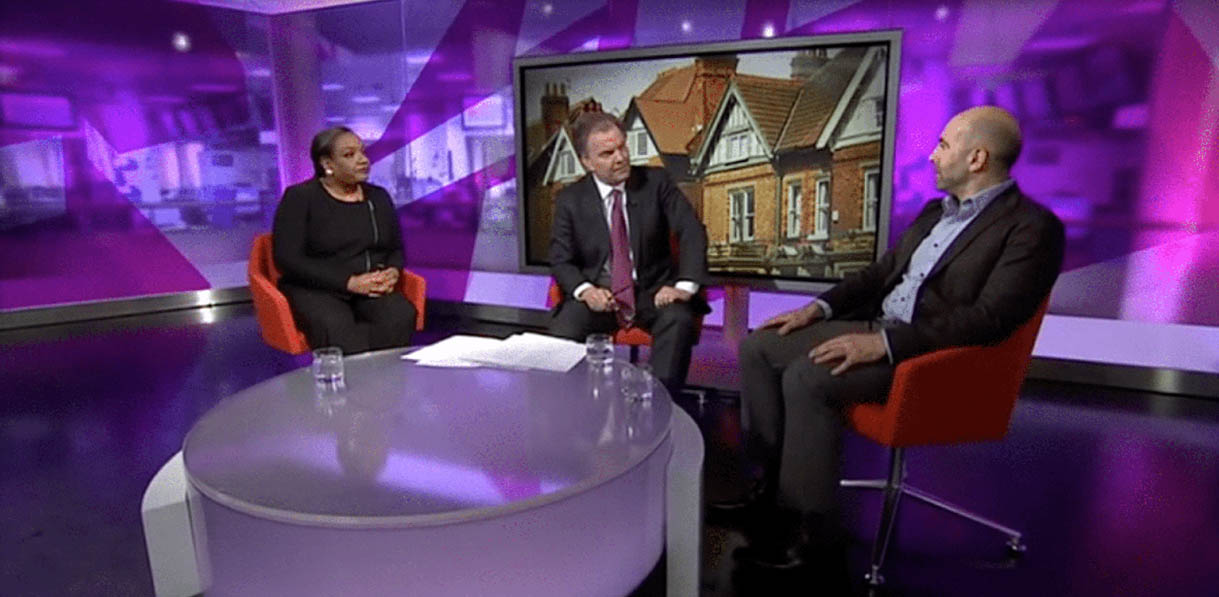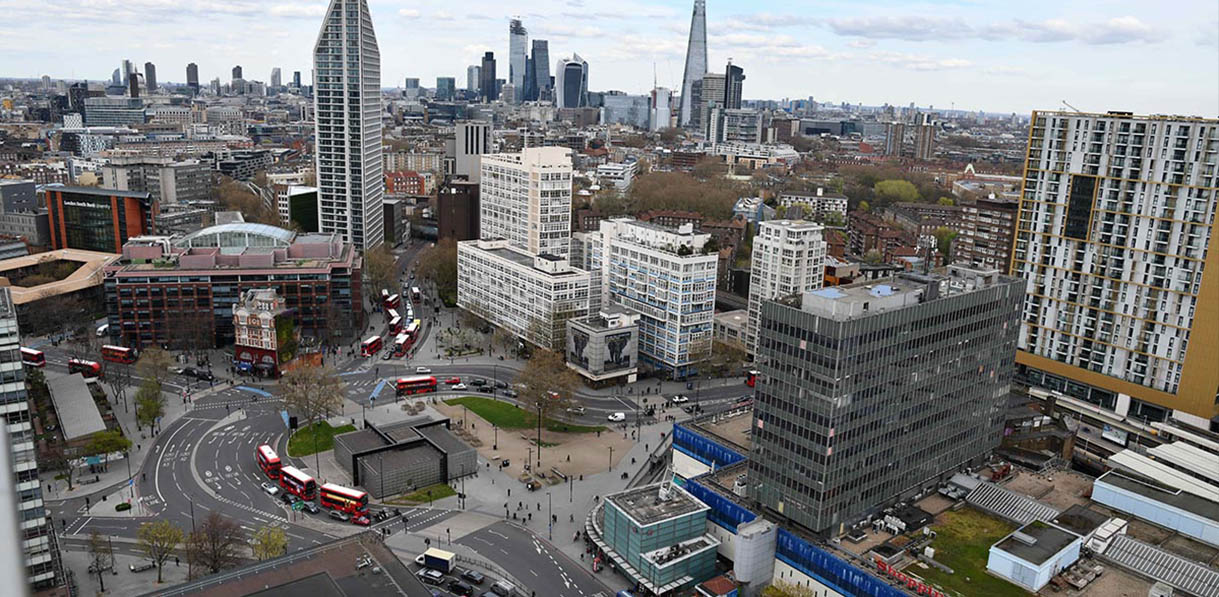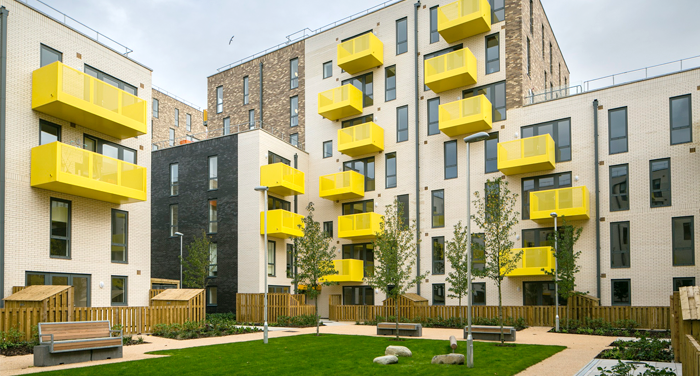1. Regulation of Buy To Let Mortgages
The rise in Buy To Let mortgages from 5% in 2009 to 16% of mortgage lending in 2016 concerned the Bank of England. The governor argued that if the market had a downtown, lots of landlords selling all at once could seriously affect the UK economy. Regulation by the Prudential Regulation Authority (PRA) started on 1 January 2017 and a second phase will come into force on 30 September 2017. Phase 1 introduces a new stress test which is being interpreted by most lenders as 145% rental coverage at a notional 5.5% mortgage rate. Five year fixes are exempt, though many lenders still apply a stress test significantly higher than the payrate. The PRA said that lenders should apply 125% at 5.5% as a minimum but would also need to take account of the borrower’s tax position. Some lenders apply different criteria depending on whether the borrower is a basic or higher rate tax payer and more stringent criteria is generally applied to new mortgages or re-mortgages where there is an element of capital raising.
So what will the impact be on London landlords? My last purchase of £620,000 in London rented for £2400 in 2015. The stress test applied was 125% at 5.19% and I was able to borrow £443,000 which was 72%. If I was buying that property now, the stress test of 145% at 5.5% would only allow me to borrow £361,000 or 58% loan to value. I would have needed a deposit of £259,000 instead of £177,000, which I couldn’t have managed – and that’s the idea, I would have been prevented from buying. The actual mortgage rate of 1.99% means a monthly mortgage payment of £599. That’s rental coverage of £2400 for a £599 mortgage.
Landlords will be forced to look for higher yielding properties which in London, where generally yields have ranged from 4-5%, will be tricky. Under the old criteria lenders would have allowed loans of 64-80% loan to value, now the range is 50-63% LTV. A 6% yield will now just get you 75% loan to value.
2. To Re-structure or Not…
According to NLA research, 1 in 5 landlords are considering either moving properties to a limited company or to a spouse. There’s lots of chatter in the landlord community about moving to an LLP and then to a limited company, though the massive fees proposed by tax accountants are a deterrent. Get professional advice before considering a restructure of your business. I would suggest there are two key considerations: tax and finance. Tax-wise, if you move properties to a limited company you will be liable for any Capital Gains Tax and Stamp Duty Land Tax. Although corporation tax at 20% is lower than the higher personal rate of 40%, you will pay tax of up to 38.1% on dividends if you withdraw funds from the company in that way. Corporation tax is falling to 19% next year and then to 17% in 2020, but tax is now payable on dividends over £5,000, falling to £2,000 next year, albeit initially at 7.5%. I think the bigger problem is when you have mortgages in your personal name. You would have to repay the loan and take out a new one in the limited company’s name. There are a small number of lenders that will allow transfer of finance from personal to a limited company otherwise the limited company may need to provide a deposit and you will be restricted to commercial loans.
This example really focuses the mind. The mortgage on my last purchase at 1.99% costs me £8,815 per year. If I had a Commercial loan at 4% – a typical rate – my mortgage payments would costs me £17,720 per year. That’s £8,905 more. Landlords need to decide whether they would pay as much tax if they kept the property in personal ownership.
3. Uncertainty – Four Factors
I think there are four factors causing uncertainty at the moment. The first is house prices. Land Registry figures tell us that annual prices rose 6.2% to January 2017. That’s considerably lower than rates we’ve seen throughout 2016. According to Knight Frank, prices in Prime Central London are down 6.3%. We are however seeing a number of micromarkets across London. Prices in Waltham Forest are up 15.7% and in Newham 14%. So where are we in the house price cycle? I would argue that we may be nearer the end than the beginning, which means that prices may have peaked.
The second factor creating uncertainty is tax changes. According to NLA research, 16% of landlords say they plan to sell in the next 12 months. Countrywide says that purchases amongst landlords are some 15-20% behind the long run average. Maybe there are opportunities to be had if there are fewer landlords in the market ready to buy. But this could also be a negative portent – fewer landlords buying could cause the market to slump, unless there are enough first time buyers to pick up the slack.
The third factor is Brexit. The UK economy has been buoyant, but will this last? It has been partly supported by the falling value of the pound which has encouraged international investors and also made our exports cheaper. But it makes imports more expensive and that pushes up inflation. Wage rises have slowed and consumers are likely to see a cost of living gap between stagnant wages and rising prices. How hard will Brexit hit the City of London? 100,000 jobs depend on the vast Euro exchange market in the capital and the Germans have hinted that they think this business should be moved to the continent. A decline in London’s financial sector in the past has correlated to a decline in the housing market and vice versa. EU nationals returning to their country of origin could also result in a levelling of London’s population and a decline in rental demand.
Government policy is the fourth factor. Currently pro-homeowner and pro build to rent, supporting landlords is off the agenda. Letting agents in England now face a ban on fees to tenants after regulations aimed at improving transparency on fees and nudging agents in the right direction were seen as ineffective. Landlords were lucky to be broadly left in peace by the recent Housing White Paper but could 3 year mandatory tenancy agreements be next in line for the private rented sector?
4. Your Business Plan
In the light of these changes and uncertainty, do you know where your business is going? Are you going to sell up, hold or expand. My recent Inside Property podcast could offer you some ideas. Some landlords are also moving into buy to sell because they miss the buzz of the refurbishment but feel it is no longer profitable to retain properties to let. Your business plan should consider the tax changes and their impact on you, rental yields to ensure good cashflow, rental demand which is changing, opportunity for capital growth and financing which will need to take account of recent regulatory changes.
5. Increasing Government Regulation
It’s never been more important to be a member of a trade body to make sure you stay up to date with burgeoning government regulation. Do you know which documents you should provide the tenant with when you start a new contract? The EPC, gas safety certificate, deposit protection certificate (if you take a deposit), license if required and the government’s how to rent booklet. You should also test the smoke alarms in the presence of the tenant. Energy Efficiency measures abound and you won’t be able to start a new tenancy in a property with F and G EPC ratings after April 2018. Digital tax also begins in 2018 if you have a turnover of more than £83,000 and in 2019 if you have a turnover of £10,000 or more. You will need to send data to HMRC using approved software every quarter. The Housing & Planning Act measures are starting to come into force. Since 6 April 2017 local authorities can serve civil penalties on landlords for housing offences. Compulsory electrical safety certificates will be introduced in the near future with no date yet set, and letting agents will have to have client money protection. Right to right is of course in full force and it is likely that the definition of a mandatorily licensable HMO will change to 5 people living in 2 or more households regardless of the number of storeys (currently three or more).
6. Article 4 & Licensing Compliance
22 boroughs in London now either have or are considering discretionary licensing. 8 boroughs have article 4 planning directions restricting letting to unrelated people. Full details are available at www.londonpropertylicensing.co.uk
Make sure you understand the difference between selective, additional and mandatory licenses. In Newham it is estimated that of the 10,000 HMOs in the borough, 50% of them have the wrong license. Changing license costs £850 and having the wrong license can get you into trouble with planning who may force you to evict sharers and replace them with a family. There’s lots of information on this on my website. Make sure you take full account of all of these issues when business planning. The next person who tells me they plan to buy houses and turn them into HMOs in Newham….. ignorance can lead to costly mistakes.
7. Changes in Rental Demand
Sales transactions are notably down in London. Savills said there were 1.25 million in 2016 and expects them to fall to 1.1 million in 2017. Moves by mortgaged homeowners are down by 50%: I speculate that they would rather extend than pay stamp duty to move. This drag caused by stamp duty is also affecting sales above £1million, particularly over £2million. NLA research tells us that 43% of landlords report tenant demand declining in Central London in the past 3 months, the figure nationally is 14%. It is generally thought that this was caused by a surge of rental properties coming onto the market after April 2016 when the 3% additional property stamp duty was applied. Landlords bought before the hike and then flooded the market. But some people think it has been caused by Brexit, particularly Eastern Europeans being less inclined to commit to new 12 month tenancies in the current uncertainty. Landlords may need to reconsider their target market, sell properties that are harder to let, or be prepared to reduce rental prices.
8. Tips On Avoiding The Void
Such tips have seemed irrelevant over the past few years but are starting to come back into focus. Set the right tone at the start of the tenancy. I recommend an induction meeting where you explain issues like reporting repairs, security and you say you are a landlord keen to stay in the business long term and if all goes well you hope the tenant will stay for many years. However you would like to make periodic inspections. I recommend 12 month contracts so that you can plan from year to year – periodic tenancies throw up sudden unexpected changeovers. Try and carry out any works, like redecoration whilst the tenant is in situ, rather than during a void. Always keep marketing photos on file, so make sure you take some really good ones when the property is empty. I broach the question of renewal with the tenant at month 9 and then confirm arrangements at month 10. If they are leaving then I would aim to start viewings at least six weeks before the tenancy ends.
If you are using an agent, get keys to them quickly so they can get cracking with viewings and marketing. I send the existing tenant a check out letter confirming date and time of departure and all the things they need to do before they leave. I now meet with them too and this minimises surprises when they are gone – like abandoned furniture or disappointing levels of cleaning. I recommend quickly resolving any deposit issues. Don’t have blazing rows over £53, it just isn’t worth your time and creates such bad karma. I always line up contractors for the day after the move out date if any works are needed. Be prepared to be flexible on furniture and on the price if you are not getting any applicants.
9. Is Build To Rent A Threat?
Although 25% of start ups in London were build to rent in 2016, this is still a drop in the ocean. The Private Rented Sector makes up 26% of the capital’s housing overall. The Greater London Authority estimates that most build to rents are a premium offer and occupy the top 90th percentile of the market. In that sense they may push up standards and raise renters expectations. Smaller landlords coexist with institutional suppliers in the student market so there’s no reason why they cannot co-exist with build to rent. It remains to be seen, whether build to rent really takes off. Commercial stamp duty is higher now for purchases over £1.05 million that it was pre 2016, add the 3% surcharge and developers are paying pretty hefty tax bills for land purchases in London. If Build to rent competes with any part of the PRS, it may compete with higher end HMOs with ensuite bathrooms and it may well help to drive out the lower end of the market. It is something landlords need to keep a close eye on.
10. Affordability, Subletting & Scams
High rents in London continue to mean that tenants on low incomes will seek to share properties with as many people as is feasible. This manifests itself in living rooms being used as bedrooms and couples sharing with extended family, often resulting in unauthorised subletting. There are also an increasing number of rent to rent operators, some operate above board, but many mascaraed as plausible couples renting your three bed house from you, only to then sublet it by the room. My recent podcast on Crime in the Private & Social Rented Sectors provides more information about the types of scams that abound. Typically experts are seeing fake landlords, serially bad tenants and criminal activity on Gumtree and AirBnB.
Make sure you reference tenants thoroughly using a service like NLA Tenant Check and periodic inspections are important to keep an eye on what’s happening in the property. Make it clear before you let that your permission must be asked before letting anybody else move into the property. If tenants do move somebody in, then ask for an explanation and if you do not agree warn that you will end the tenancy at the next available opportunity if the additional people do not move out. Look for tell tale signs: evidence of extra people , large sums of cash up front for six months to keep you away, or an empty unlived feel to the property could suggest illicit activity. It’s a good idea to befriend neighbours as they may well let you know if any anti-social behaviour is going on.









